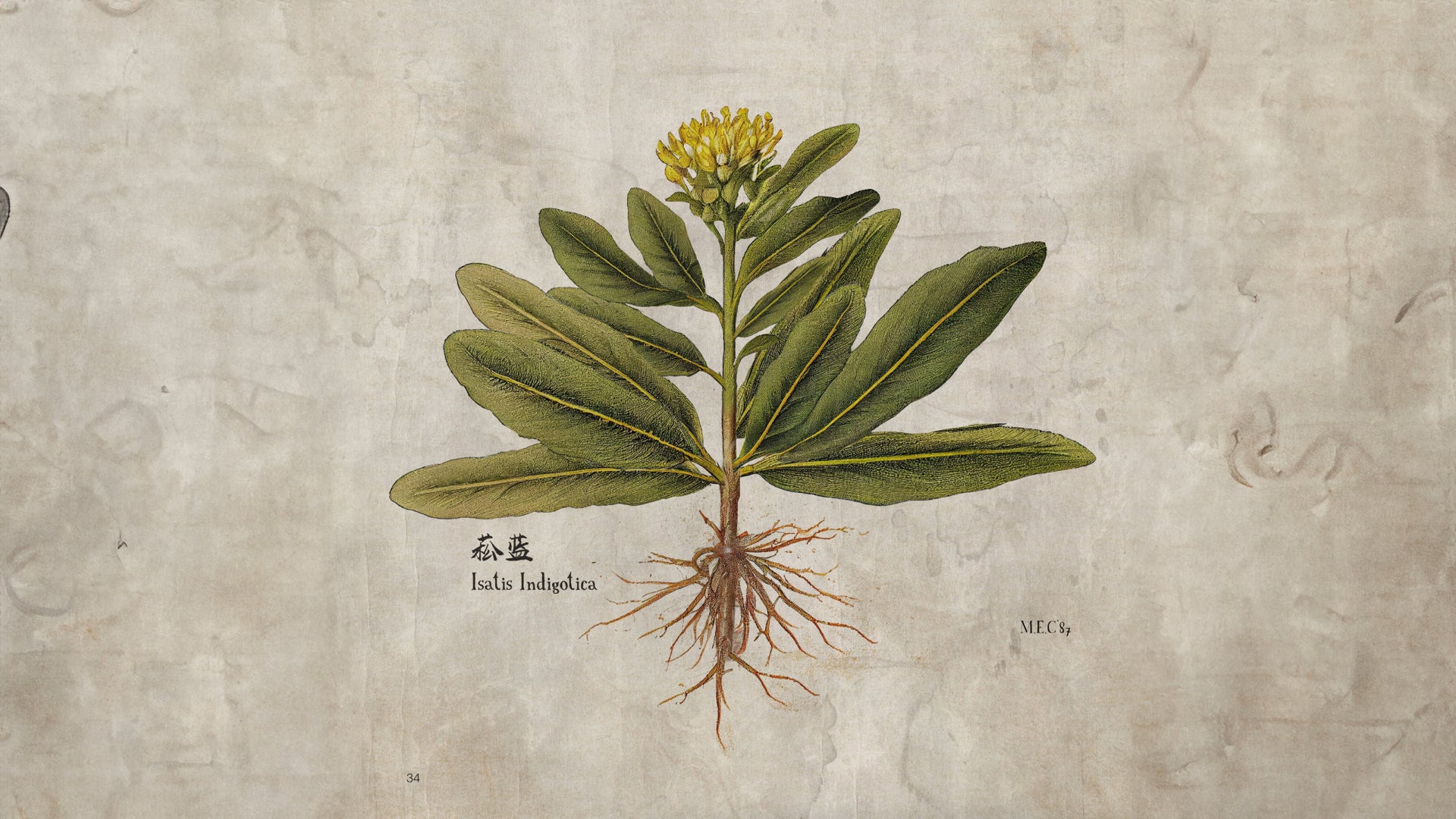WATER FOOTPRINT
According to estimates, the textile and clothing industry consumed 79 billion cubic meters of water worldwide in 2015. By 2030, consumption is expected to increase by 50%¹. That statistic is especially harrowing considering the UN estimates nearly two thirds of the world’s population already experiences water scarcity at least one month throughout the year. Worse yet, a significantly high percentage of the water used by the textile industry is used in the dyeing and finishing processes – almost without exception requiring the use of chemicals, and resulting in the leaching of microplastics, PFAS and the like into local water supplies. The World Bank estimates that a full 17-20% of global water pollution comes from textile dyeing treatments alone. It has been predicted that with environmental change, dwindling access to fresh water may lead to armed conflict between countries. And in the meantime, poisoned waterways are leading to disease, mutation, and death. At AIZOME we believe that we have a responsibility to move away from water intensive and water polluting industries. As we have named, however, the main ingredient in our products, cotton, is a particularly water-intensive crop. It’s estimated that it can take around 2,700 liters of water to produce a single T-shirt. Because we cannot in this moment divest from the use of cotton – due to its unique ability to support skin healing – we take care to make sure the water used in our production is free from synthetic ingredients, from start to finish.
CARBON FOOTPRINT
The production of textiles is heavily reliant on fossil fuels, both directly and indirectly. Fossil fuels are used to power the machinery used in textile production, and they are also used to create the synthetic fibers that are commonly used in textiles. The extraction and processing of fossil fuels can have a significant impact on the environment and the communities living near extraction sites. Oil extraction can cause deforestation, habitat loss, and soil erosion, while coal mining can lead to the displacement of communities, pollution of air and water, and damage to human health. The use of synthetic fibers, such as polyester and nylon, in textile production also has a significant carbon impact. The production of these fibers is energy-intensive, and it generates a significant amount of greenhouse gas emissions. These fibers also do not biodegrade easily and can be harmful to the environment when they end up in landfills or oceans.
AIZOME WATER FOOTPRINT
Our efforts to reduce the environmental impacts of AIZOME textile specific to our water footprint include:
- supporting the use of sustainable, chemical-free methods for growing organic cotton and dye ingredients
- refusing the usage of synthetic components in our textile and dye, which results in zero synthetics and microplastic leaching into wastewater.
- recycling and reusing water in the production process, and treating any wastewater.
- the enforcement of strict standards on waste water discharge.
All components of AIZOME bedding are fully biodegradable and free from synthetic materials. For the dyeing process, the water used is recycled and the dye is replenished in a process called “continuous dyeing”. When wastewater is eventually produced, it is treated and filtered before it is discarded. Because our wastewater is free of synthetic ingredients – the plant dyes we use are extracted from plants, and only food-grade additives are used in the dyeing process – it can be used to irrigate farmland.
Our dyeing process uses 15 tons of water for one ton of fiber. In the case of madder, as an example, 1 ton of fiber can then spin 7.6 tons of yarn, and 7.6 tons of yarn can weave 16,400 meters of cloth, which means that to dye one meter of cloth with madder uses 0.91kg of water. Additionally, to clean and process raw cotton into textile of one sqm requires less than 6 kg/m. In total, a single-sized flat AIZOME bedsheet (267 cm (L) x 175 (W)) amounts to 4.67 square meters of fabric and requires roughly 32.3 kg of water to process and dye. That’s compared to scientific reports that for synthetic dyes, the dyeing process alone requires between 50-300 liters of water for 1 kg of fiber, or 50-300 tons of water for one ton of fibre.
AIZOME CARBON FOOTPRINT
We are still learning how to best quantify our carbon footprint. Plant dyeing is less energy consuming, in part because it does not require as high of temperatures as synthetic dyeing. To reduce our impact, AIZOME insists upon:
- Natural ingredients, free from fertilizer or pesticides
- Synthetic-free fibers that do not require heavy chemical processing (organic cotton)
- Efficient use of energy and water
- Synthetic-free production process
- Closed-loop systems
- Recycled packaging
- No next-day shipping





Leave a comment
This site is protected by reCAPTCHA and the Google Privacy Policy and Terms of Service apply.